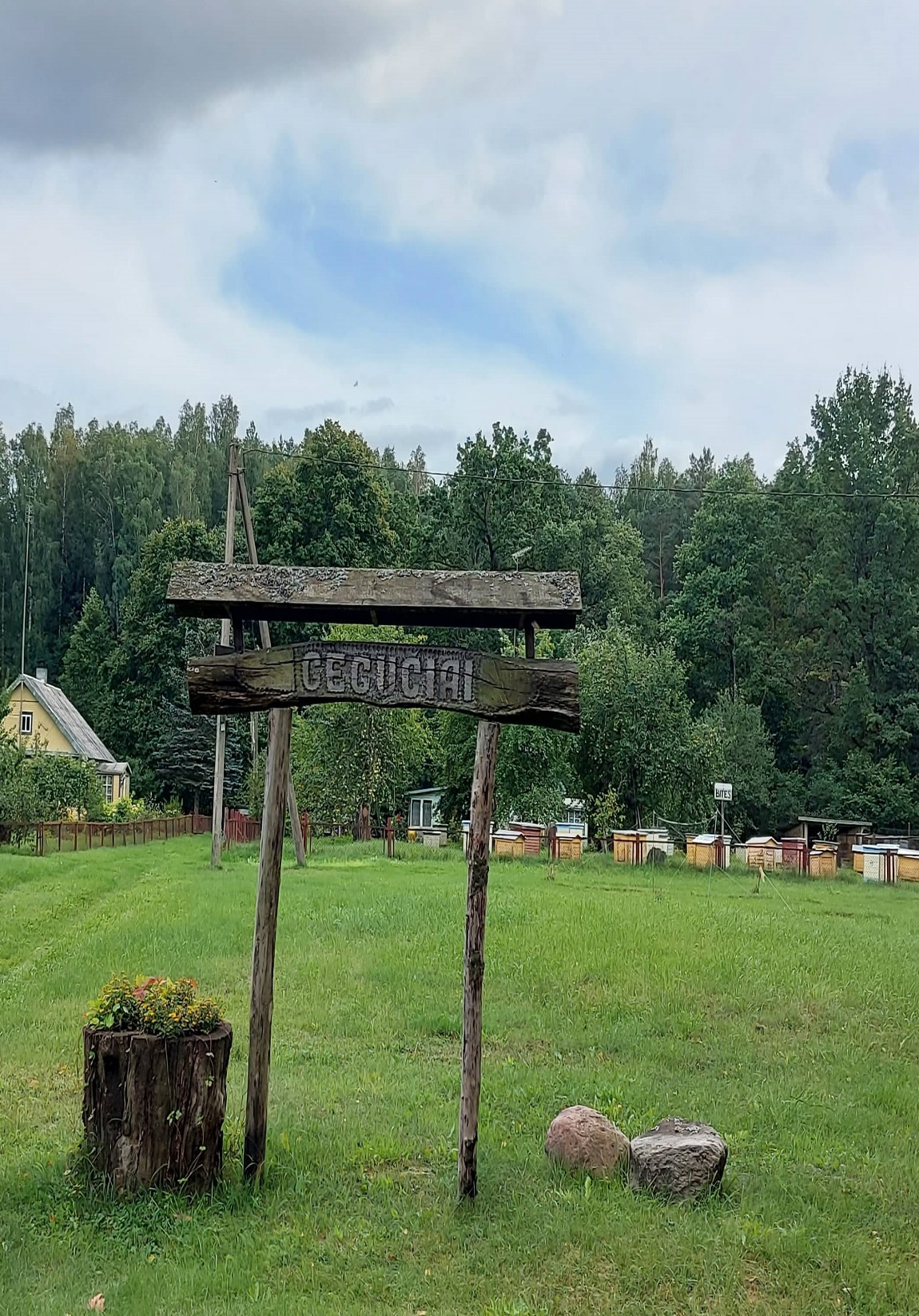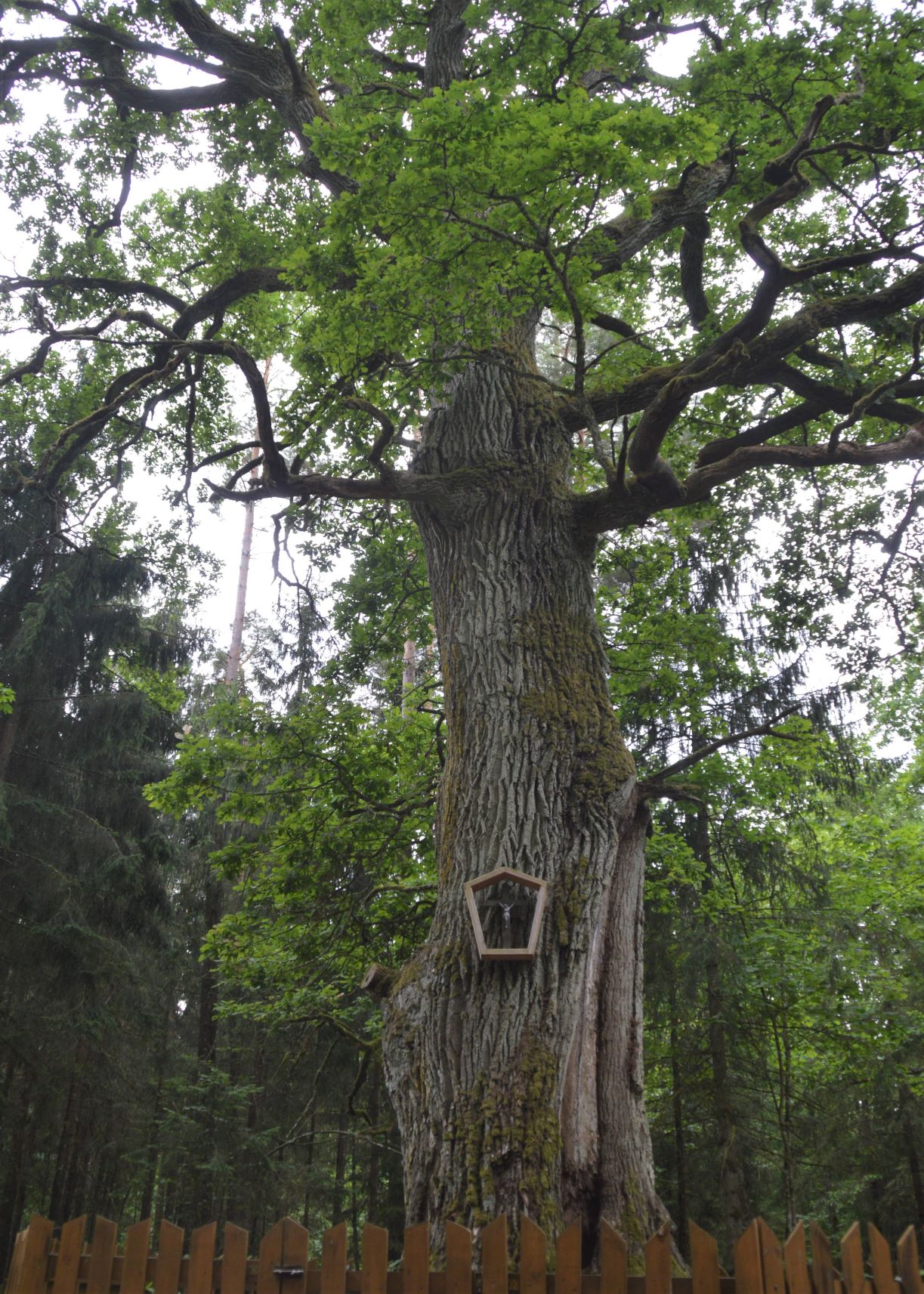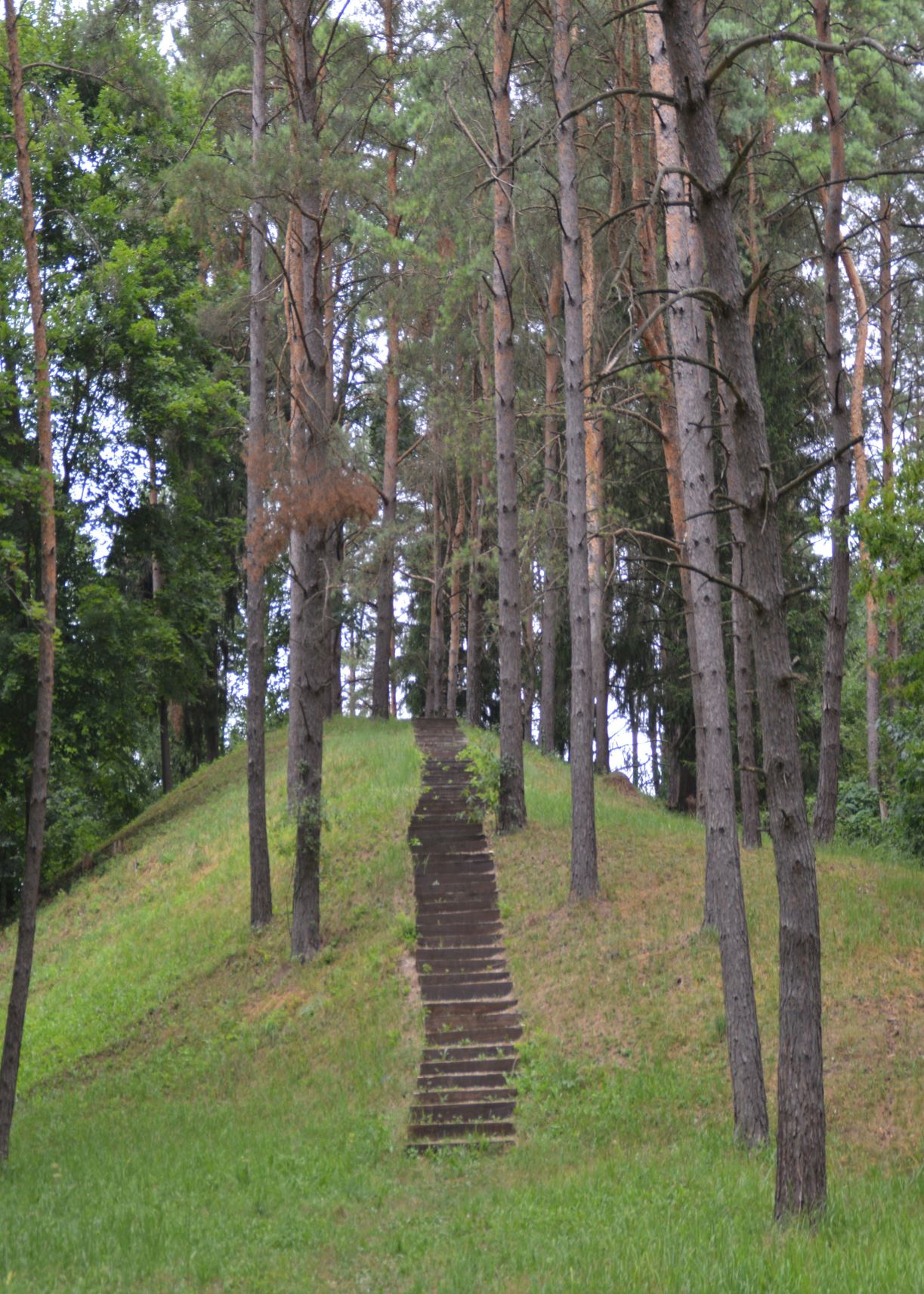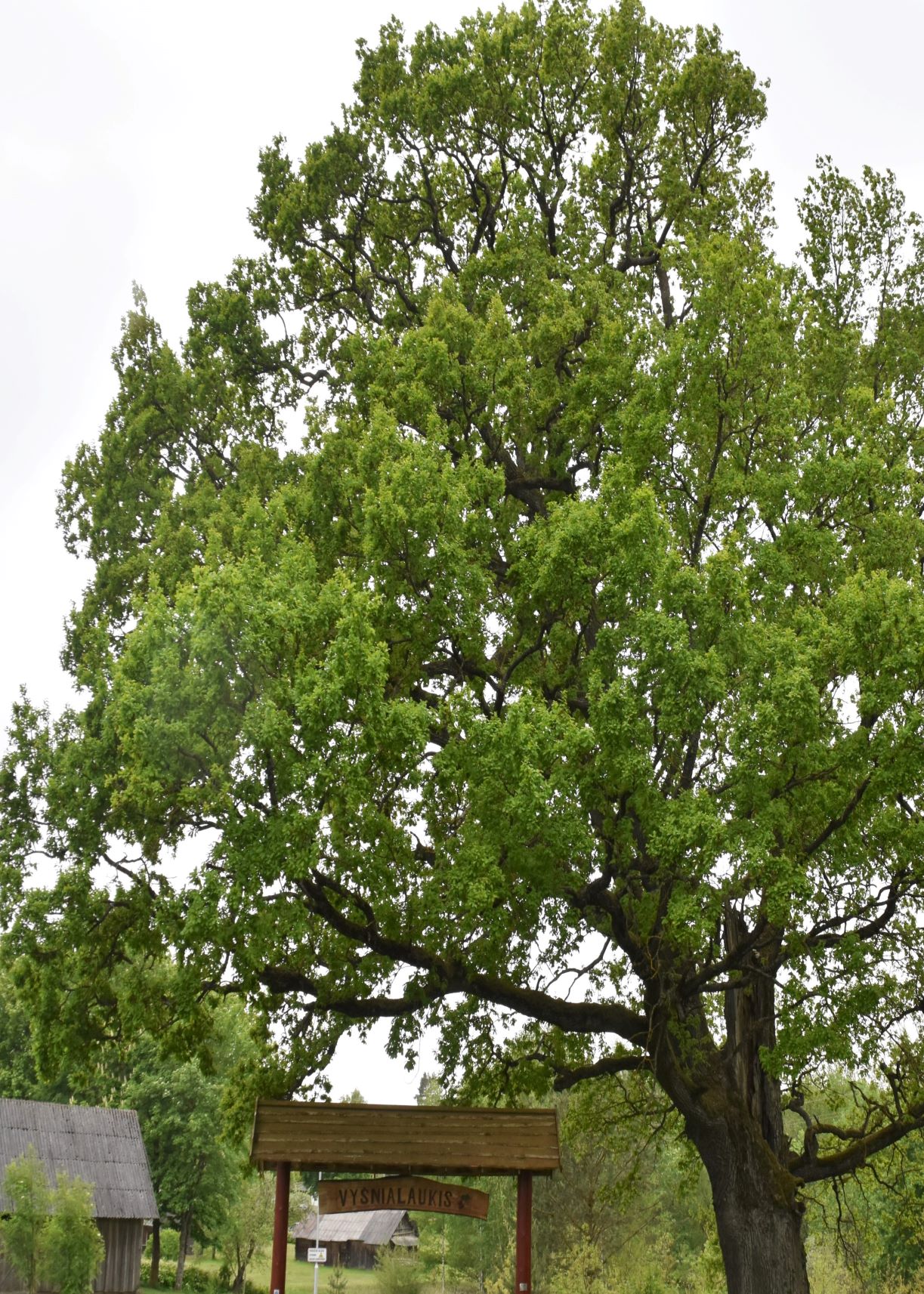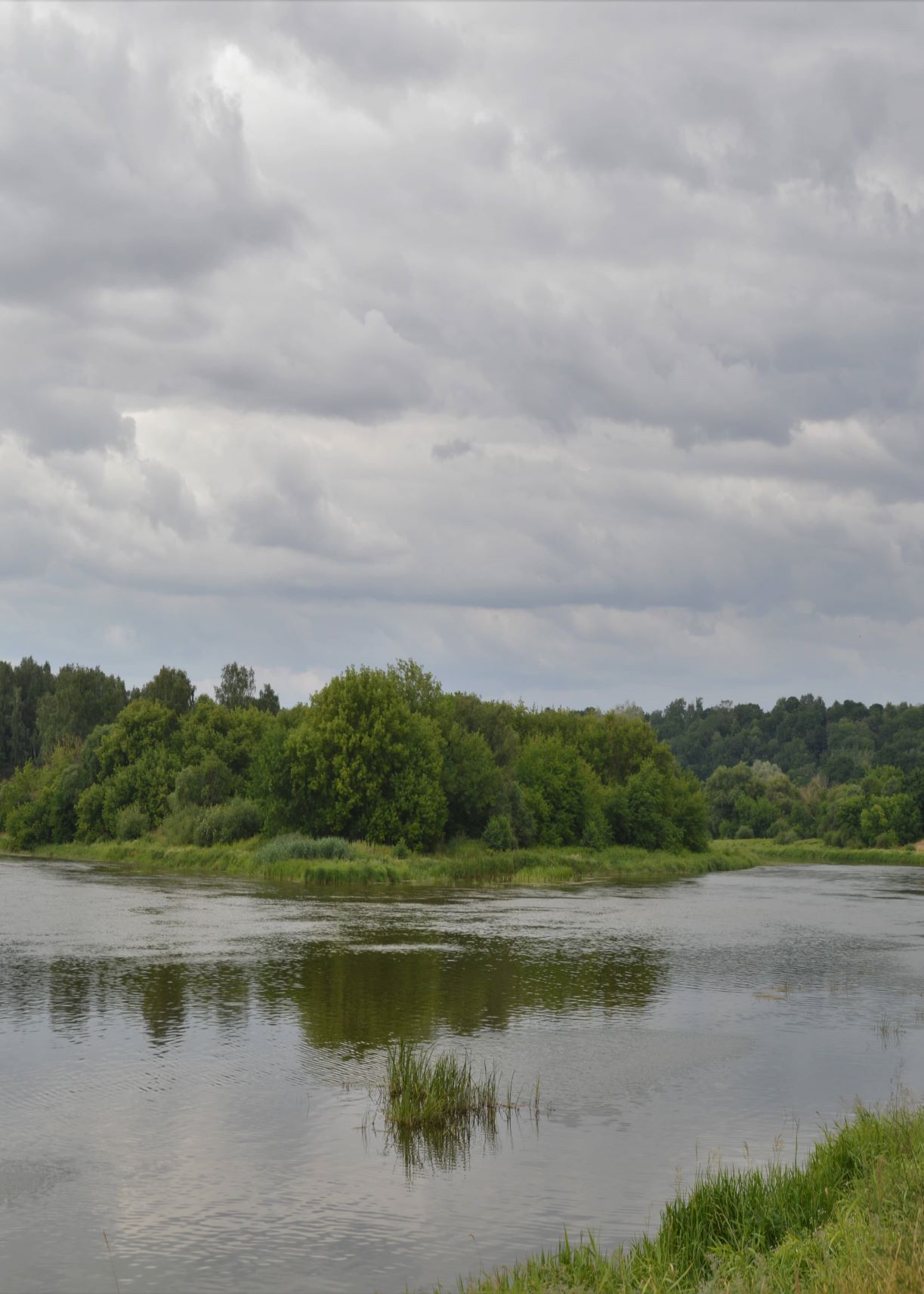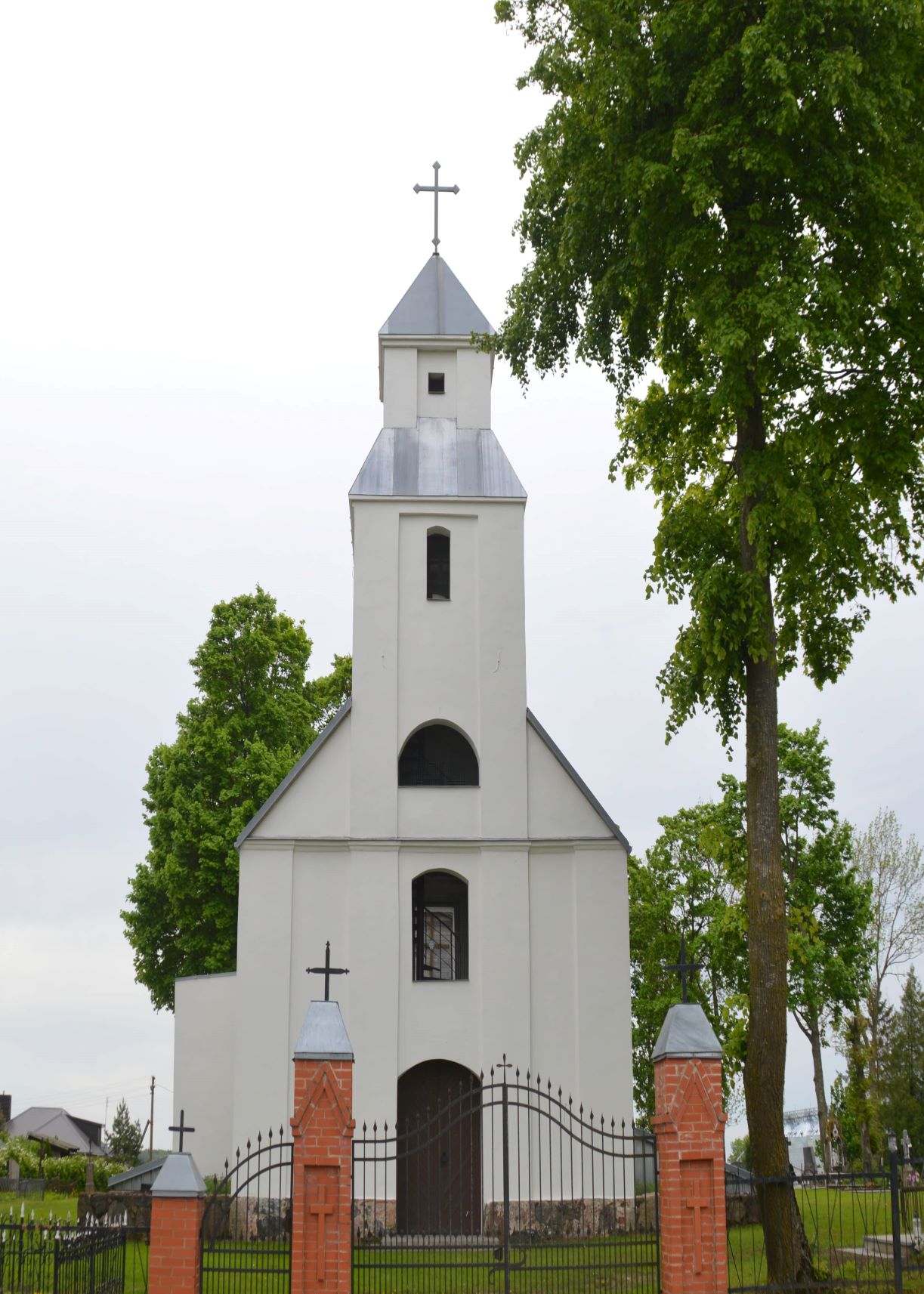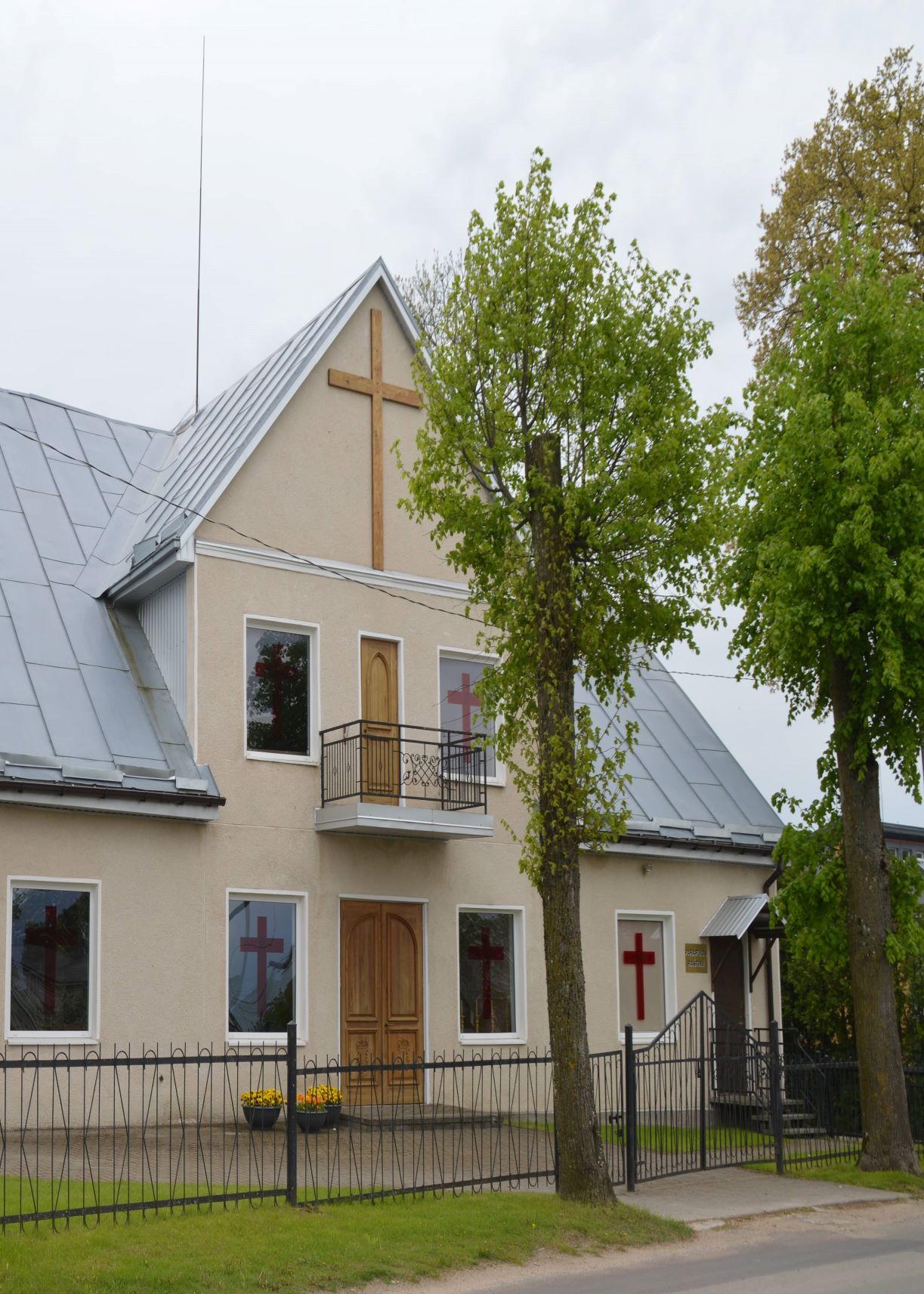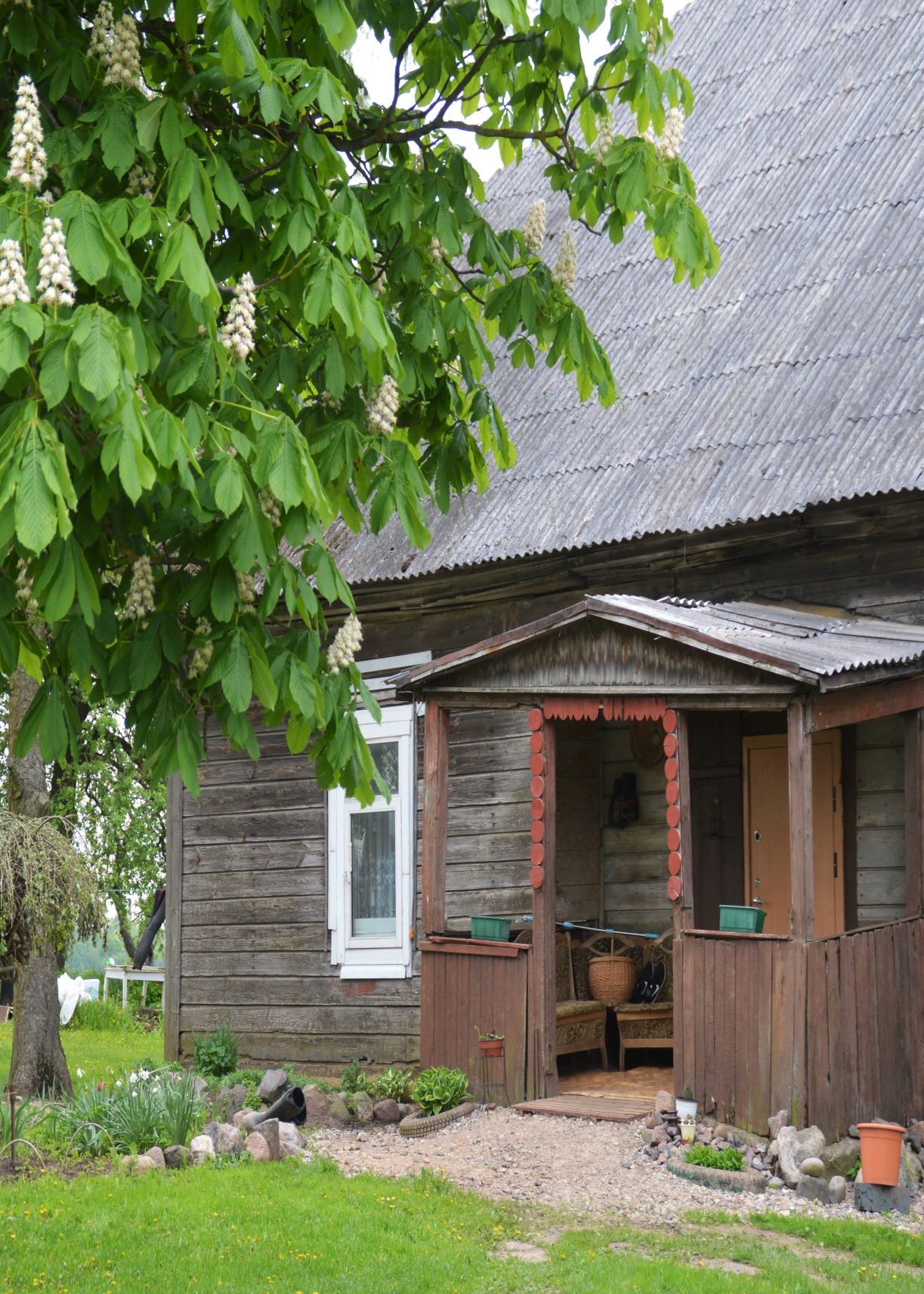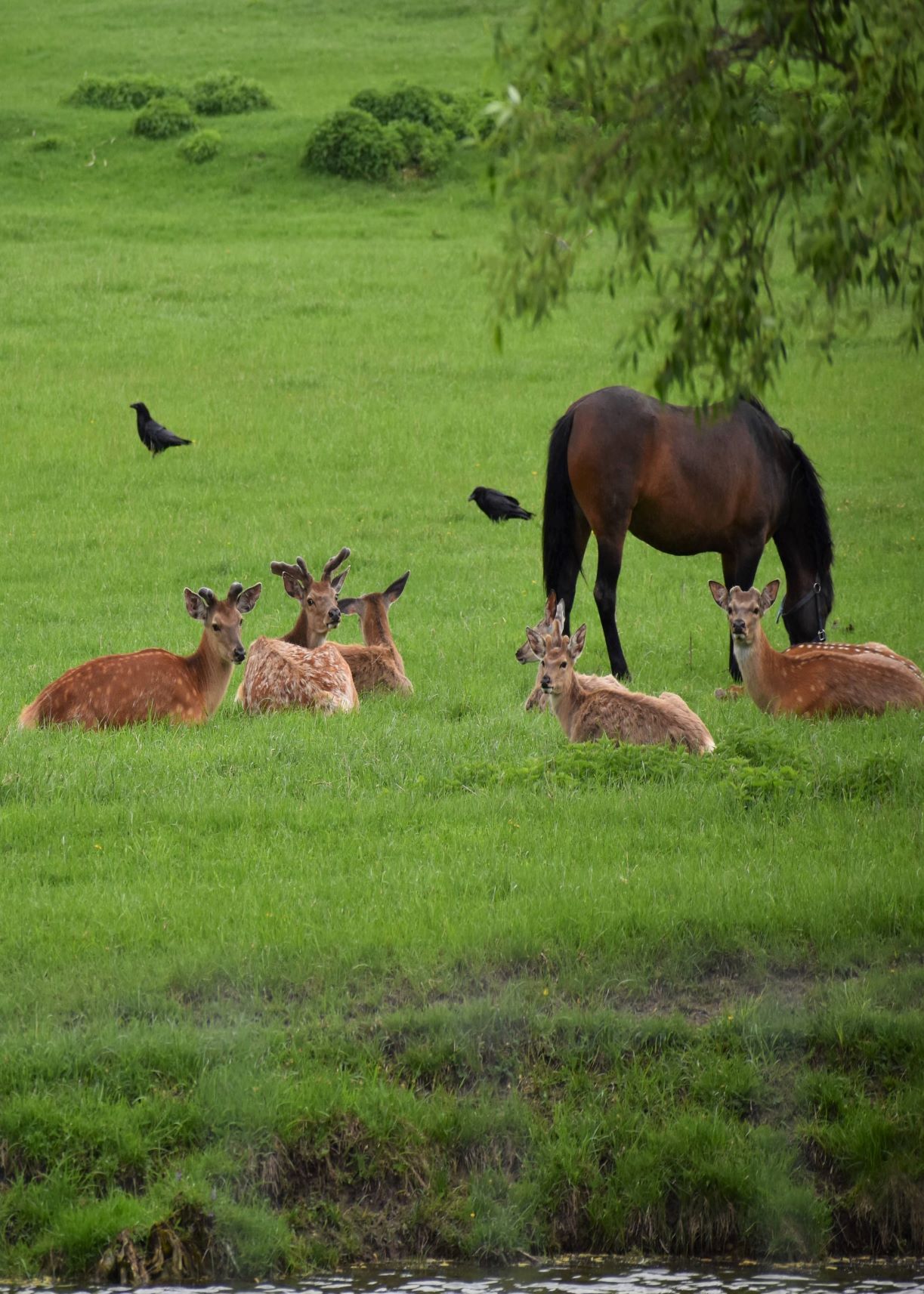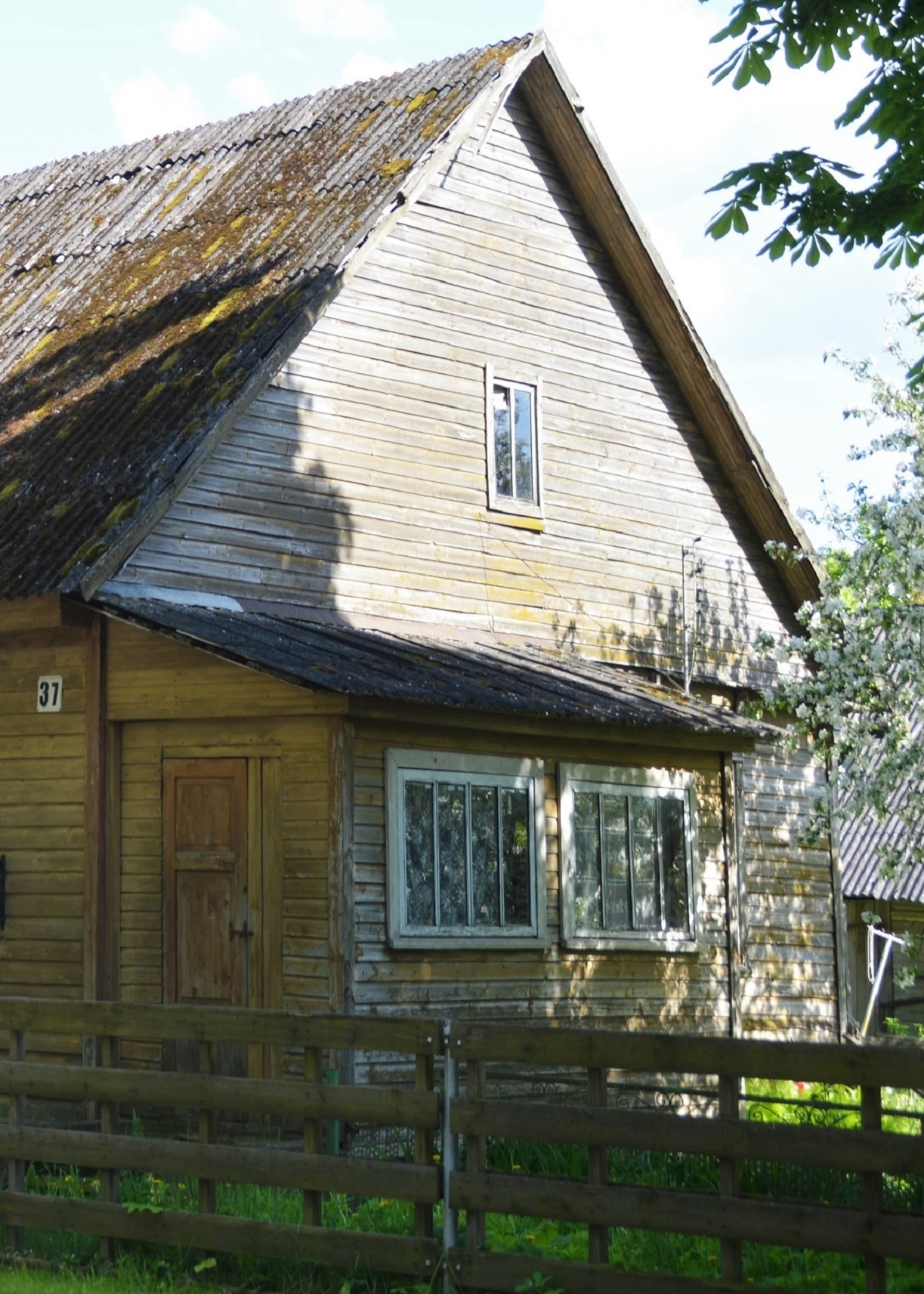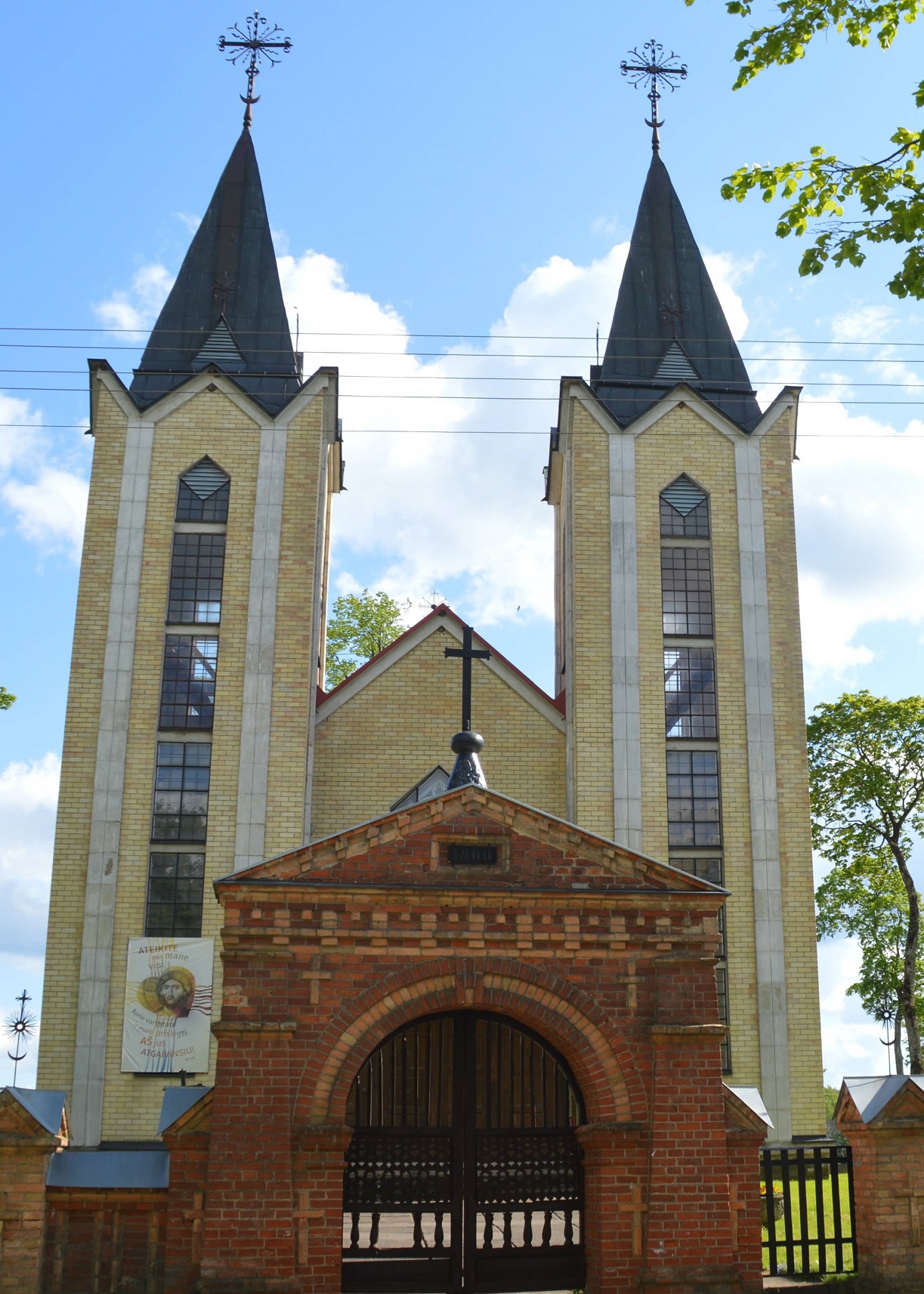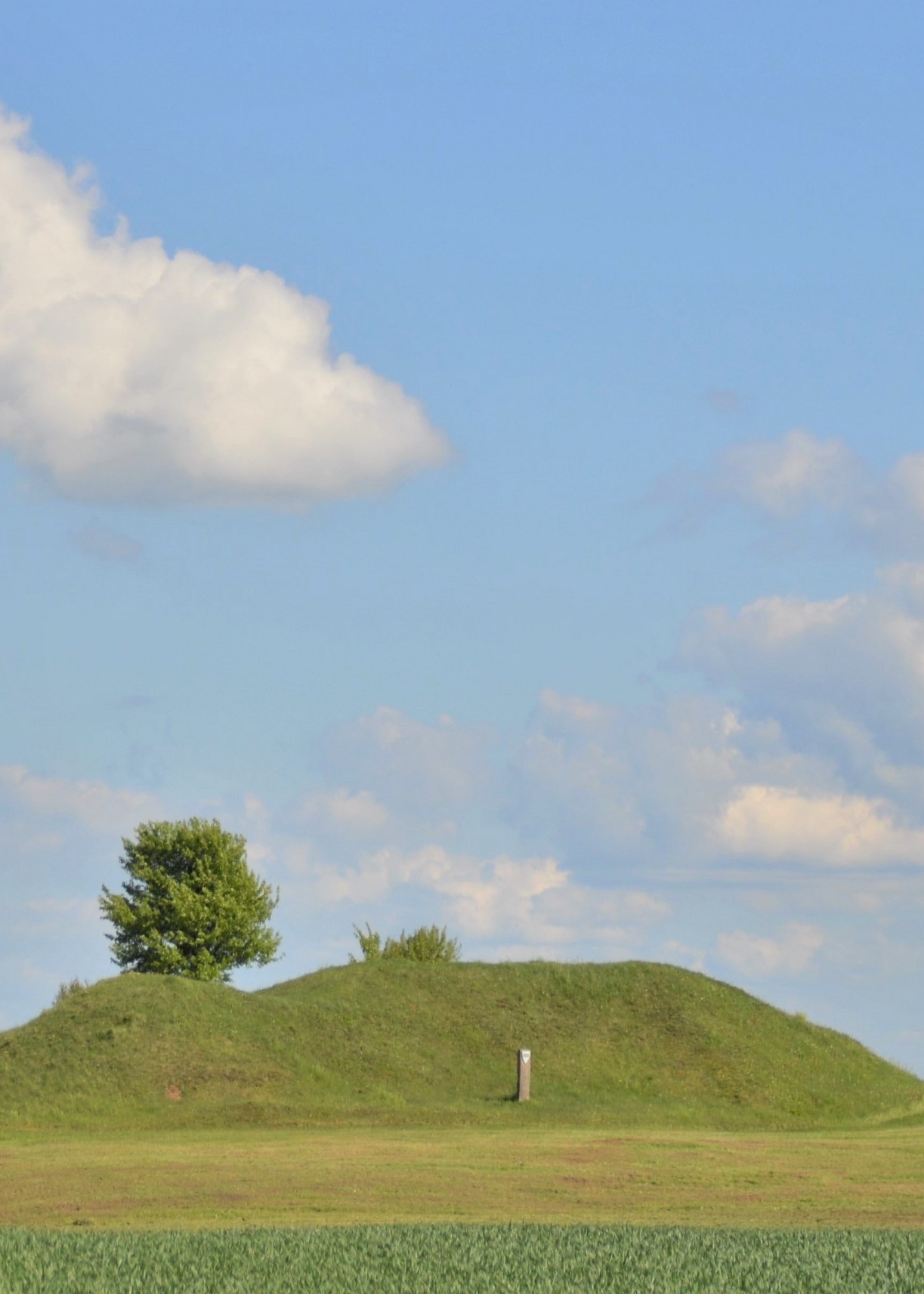The Old School of Panoteriai
PANOTERIAI
About object:
Wooden school building (old building)
This two-storey wooden building was one of two such buildings present in Lithuania. It was built in 1935. Following the initiative of J. Svegzda, the head of the Panoteriai parish, there were invited the carpenters of the parish who would live there. These were Russians, who moved to our country in the second half of the 18th century, as Catherine II deported the Old Believers to the outskirts of the provinces. Thus, the people of Russian nationality settled in the Panoteriai region, whose relatives have been living there and today. In 1935, the wooden school building housed four grades of the primary school and 5-6 grades of the progymnasium. On the second floor, the premises were intended to the accommodation of teachers.
The teachers, who happened to work in this building: O. J. Sibaila (1930–1934; J. Sibaila was an active participant in the Lithuanian partisan movement after the Germans left in 1944), poet, patriot Benediktas Kiskis, teachers O. P. Salucka (1938–1941), who were deported to Siberia on June 14, 1941. Since 1956, the former county building housed the already growing secondary level classes of the Panoteriai Secondary School, which accommodated up to 200 children. In 1967, after the construction of the new brick building, the library, technology rooms, and chemistry-biology rooms remained in the old one. Until the 2000s, lessons were held there. The building was then sold. In 2019, the second floor burned during the fire.
Coordinates:
- GPS LAT 55.197167
- GPS LNG 24.43232



 All objects
All objects






